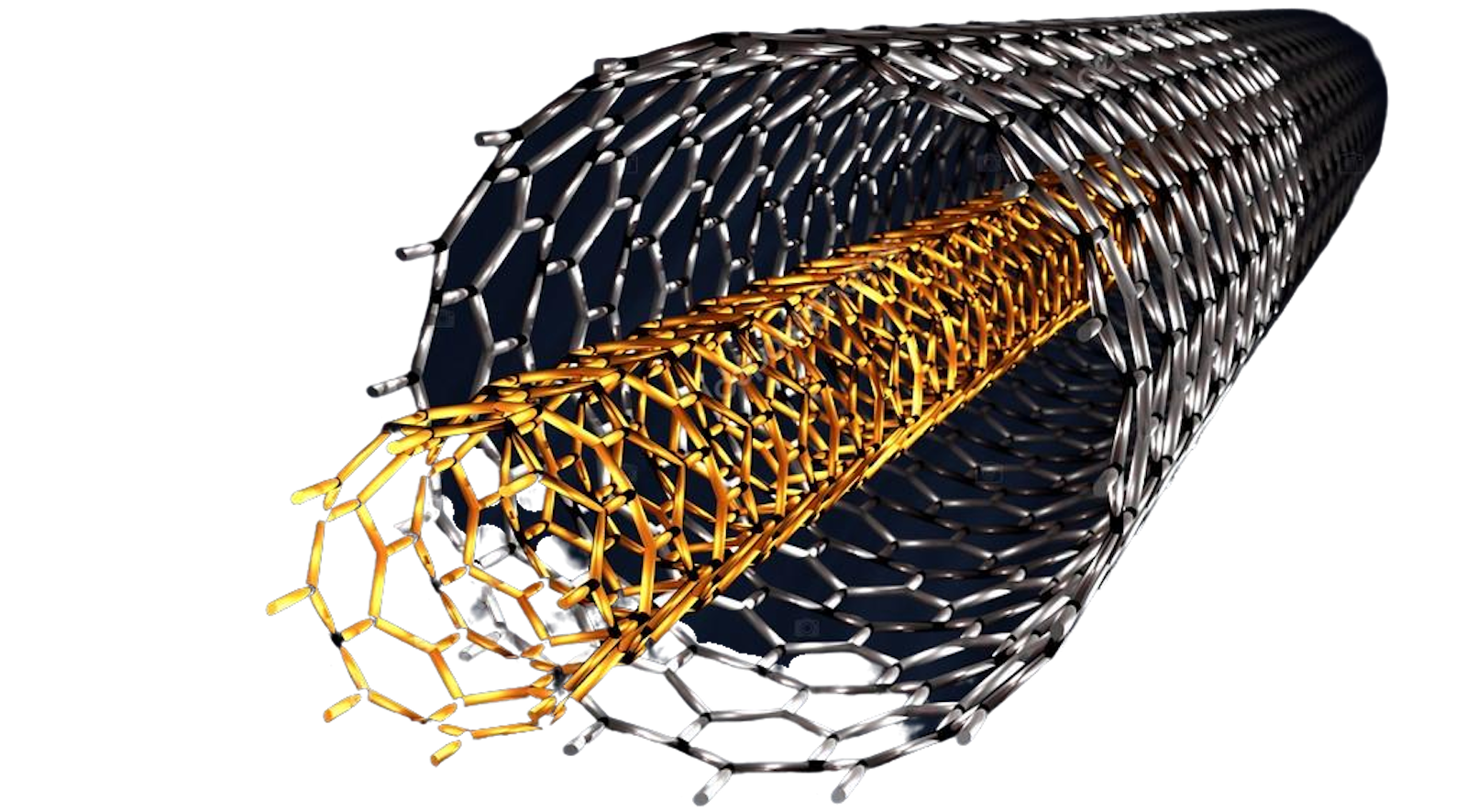“This breakthrough development translates into a remarkable improvement in cell-core energy density, reaching 2,000Wh/L in batteries and approximately 1,700Wh/L in full-size EV batteries – more than double the performance of current state-of-the-art technologies,”
“Sienza’s 3D pure silicon anode has demonstrated an average gravimetric capacity of 2,941 mAh/g,” Professor Gharib said. “This means that for every gram of silicon, our batteries can store 2,941 milliampere-hours of electricity, significantly higher than the industry standard for graphite, with a gravimetric capacity of 372 mAh/g.”
Aside from completely avoiding the cobalt issue, Sienza notes that its manufacturing process does not rely on the solvent-based coating systems deployed for producing conventional lithium-ion batteries. Sienza cites one commonly used solvent in particular, N-methyl-pyrrolidone (NMP).



Any expert opinion on this idea? https://spectrum.ieee.org/flow-battery-2666672335
I don’t see the point of nanoelectrofuel flow batteries. I’m sure there are niche applications that I can’t see. But not anywhere near what that author is describing.
Flow batteries are good because they’re so cheap per mAh and W, and if you’re using them for grid scale storage, size and weight doesn’t matter. The energy density is greatly increased when you add nanoparticles, to the point where it competes with EV batteries. This includes the extra weight of pumps and membranes. I think the addition of pumps and membranes make it really unfit for personal vehicles, even if it increases the energy density. The article talks about military applications, but doesn’t really explain what it could do better that Li-ion except for fire safety. And they’d be dependent on the fuel of this one company.
I think its major selling point is that it’s cheap and very modular, so you can easily choose what capacity/power your grid scale facility should store/output, and change it after the fact. But if your building a facility, then the weight doesn’t matter as much and you might as well skip the nanoparticles.
As a technology I think it’s really clever. It’s not a very well studied idea. They’re tight lipped and I assumed it was some sort of Vanadium flow battery, but judging by the articles they’re citing in their patent and their conference talk abstract I’d speculate the cathode nanoelectrofuel is a water based slurry with lithium iron phosphate nanoparticles and carbon powder. The particles discharge like they would in a conventional Li-ion battery. But then instead of charging them you pump the slurry to your big tank, replacing them with charged particles. You need the carbon to conduct the electrons from the suspended particles to the current collector plate.
Thank you for that additional info. I’m highly intrigued with this because vehicles would “refuel” in a familiar way, and there could be a choice to also plugin recharge if someone had their own facilities, at home or work.
It might be the bridge needed to entice more conversions, and might improve with experience and time, much as ICE have done since the Model T.